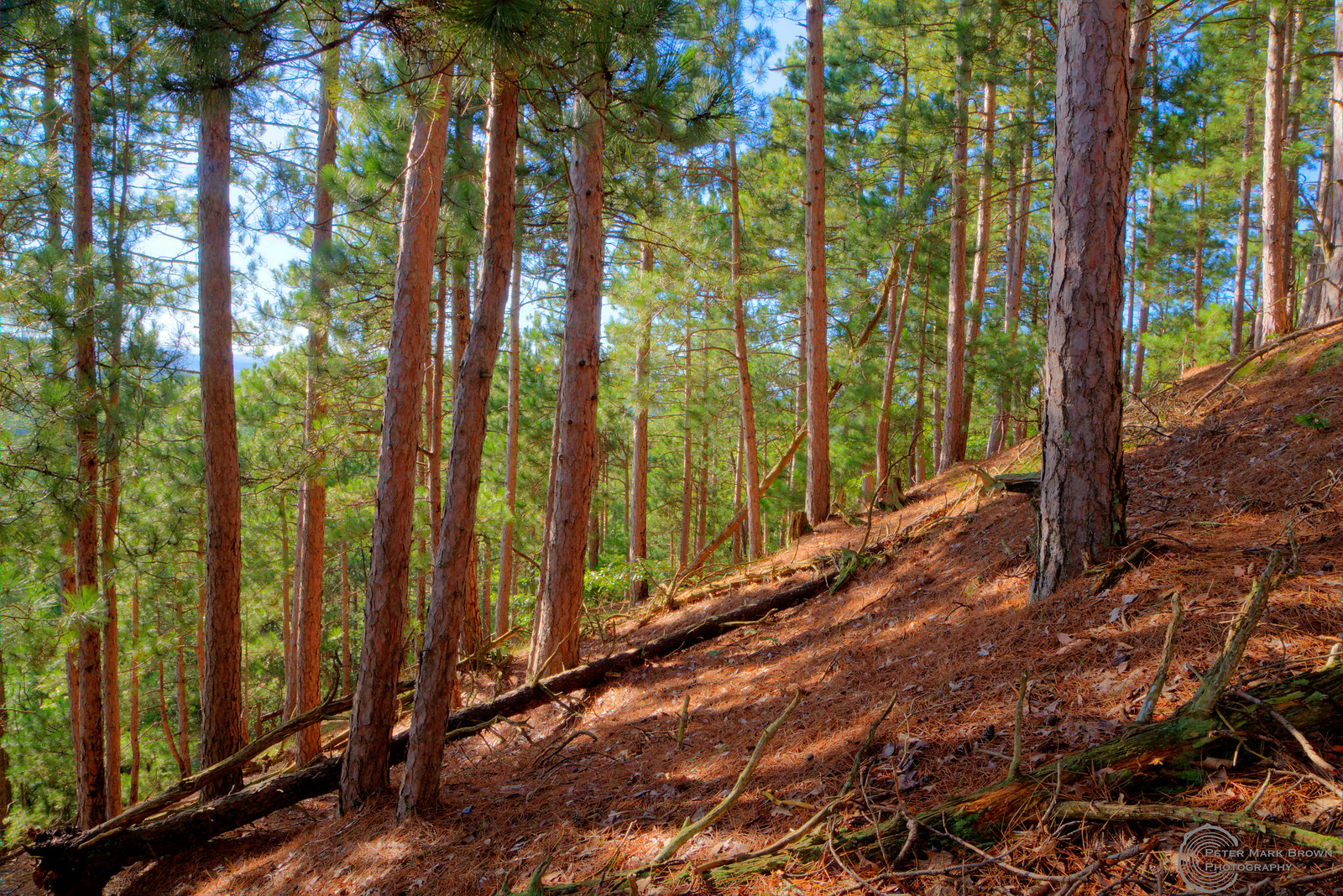We are developing red pine (Pinus resinosa) fire and forest histories across Wisconsin. I'm working with a good friend and colleague, Jed Meunier, with Wisconsin Department of Natural Resources. Jed and his crew have been finding abundant red pine stumps and occasional living trees with long fire-scar records all over the state. Goals for the project are to reconstruct regional fire histories to look at past fire regimes in red pine and other ecosystems across the region and to examine fire-climate linkages. As with our work in the Southwest and elsewhere, a major goal will be to determine past relationships between historical fires in the upper Midwest with regional and global climate forcings, such as the El Niño-Southern Oscillation (ENSO). No less important a goal is to provide better understanding of historical vegetation patterns that can be used in ecological restoration efforts across the region. The presence of these fire-scarred red pine stumps in the middle of mixed hardwood forests (often with prairie species in the understories) documents tremendous changes in these forests over the past century resulting from fire exclusion. These photographs are of three stands where we put in plots to examine historical stand structure and composition from stumps and older living trees, and to document the fire history while those trees were alive.

Togatic River stand; note the old red pine stumps, many with catfaces containing 8-11 fire scars.

Another view of the same stand.


Two views of the Camp Bird stand. These had some old living trees, some with up to 9 scars on them.

Wildcat stand; none of the living trees are more than 100 years old but there are plenty of stumps in the area


Two views of lakes; "Wisconsin, Land of more lakes than Minnesota"

And finally, I want to thank our excellent field crew, a fun trip and some great data!
(Larger version of header photo; red pine forest at Kent Biological Station)


